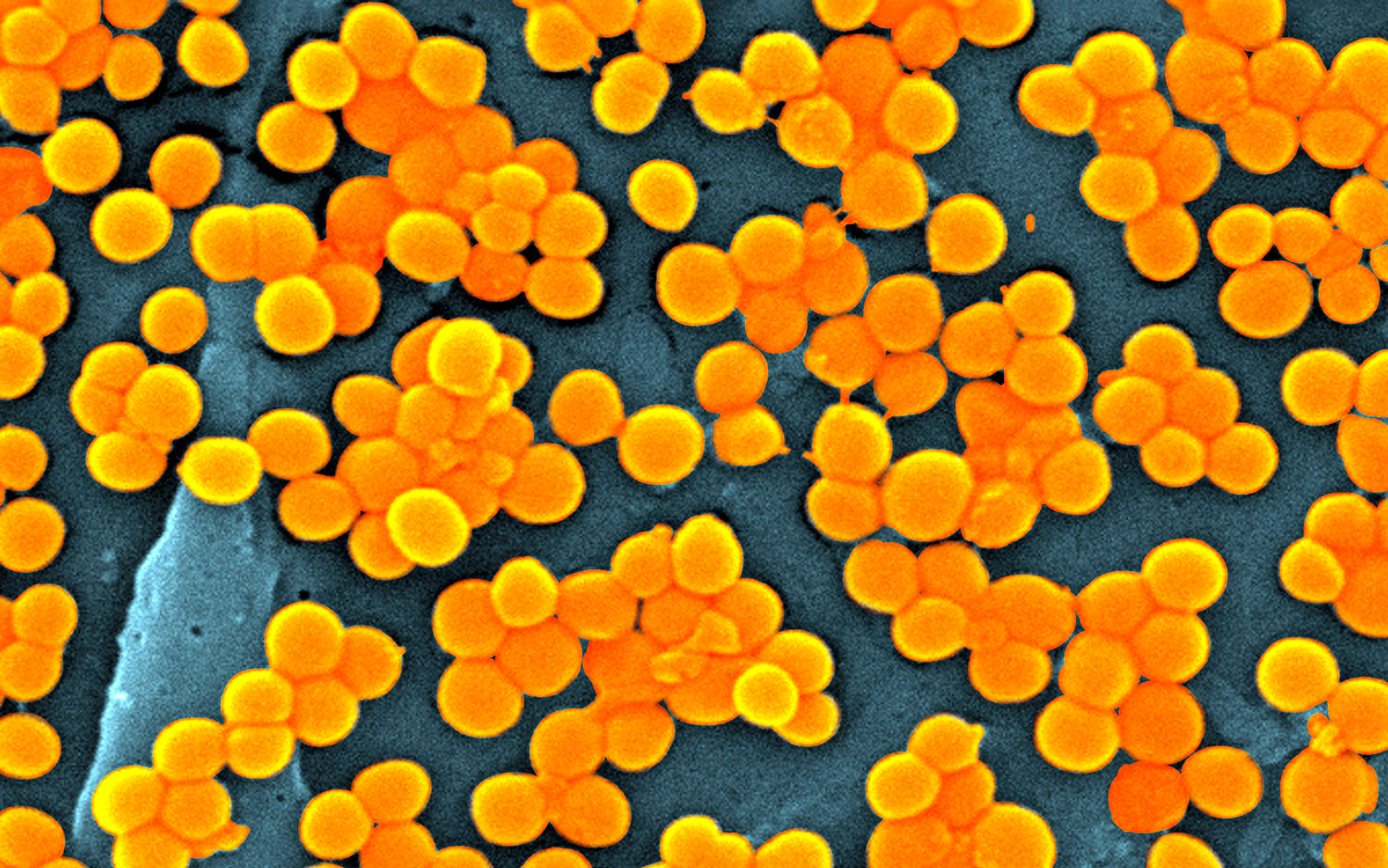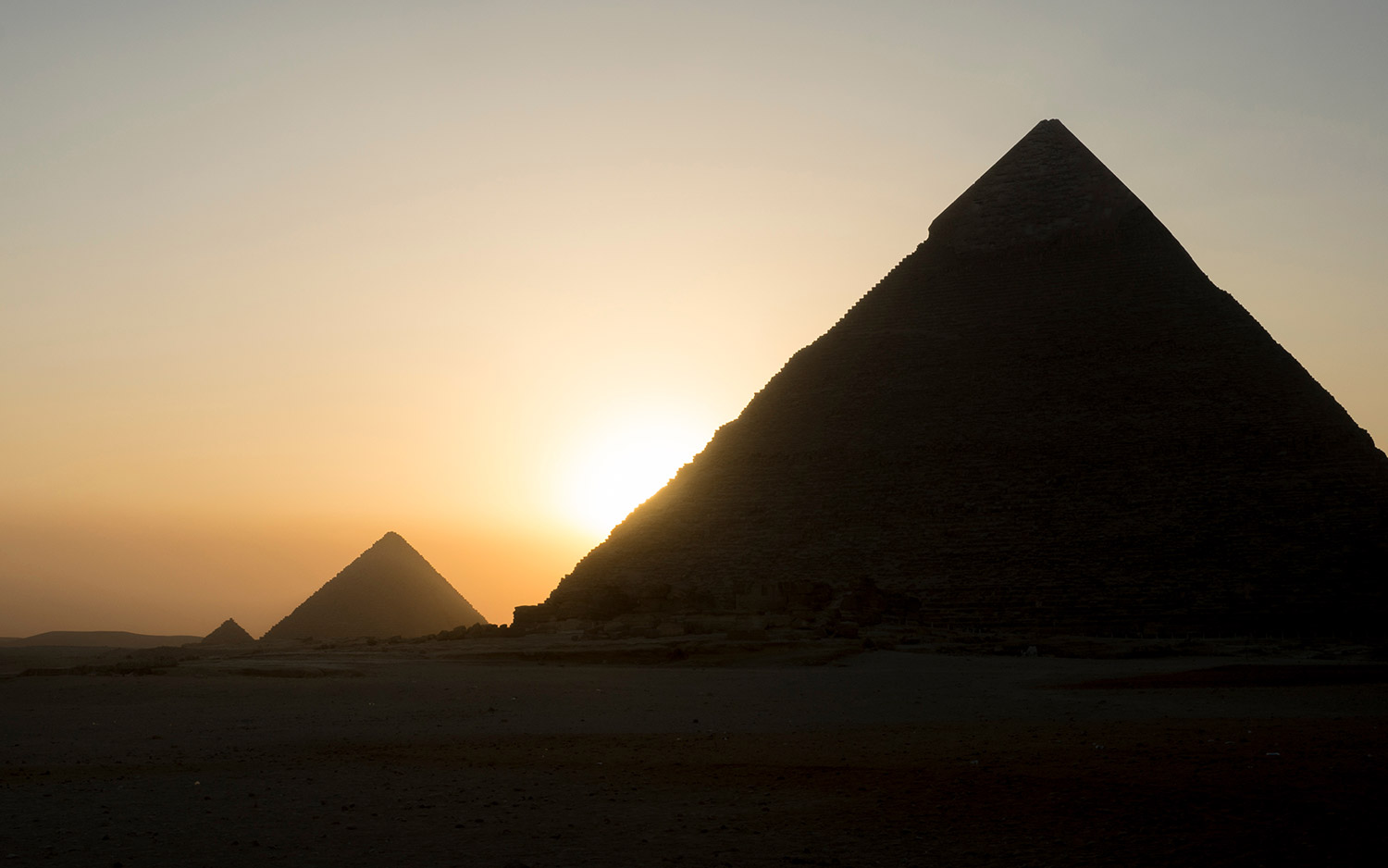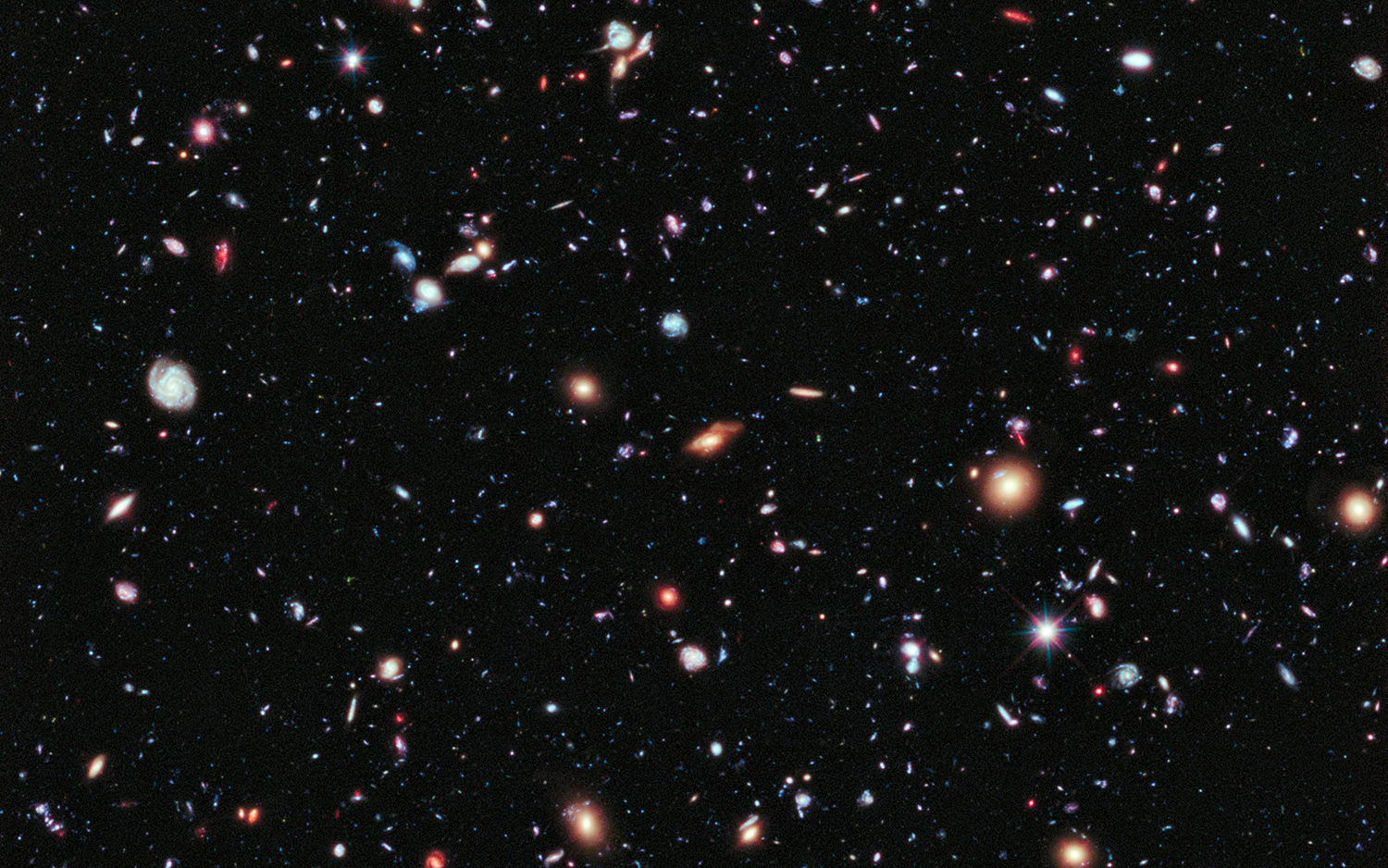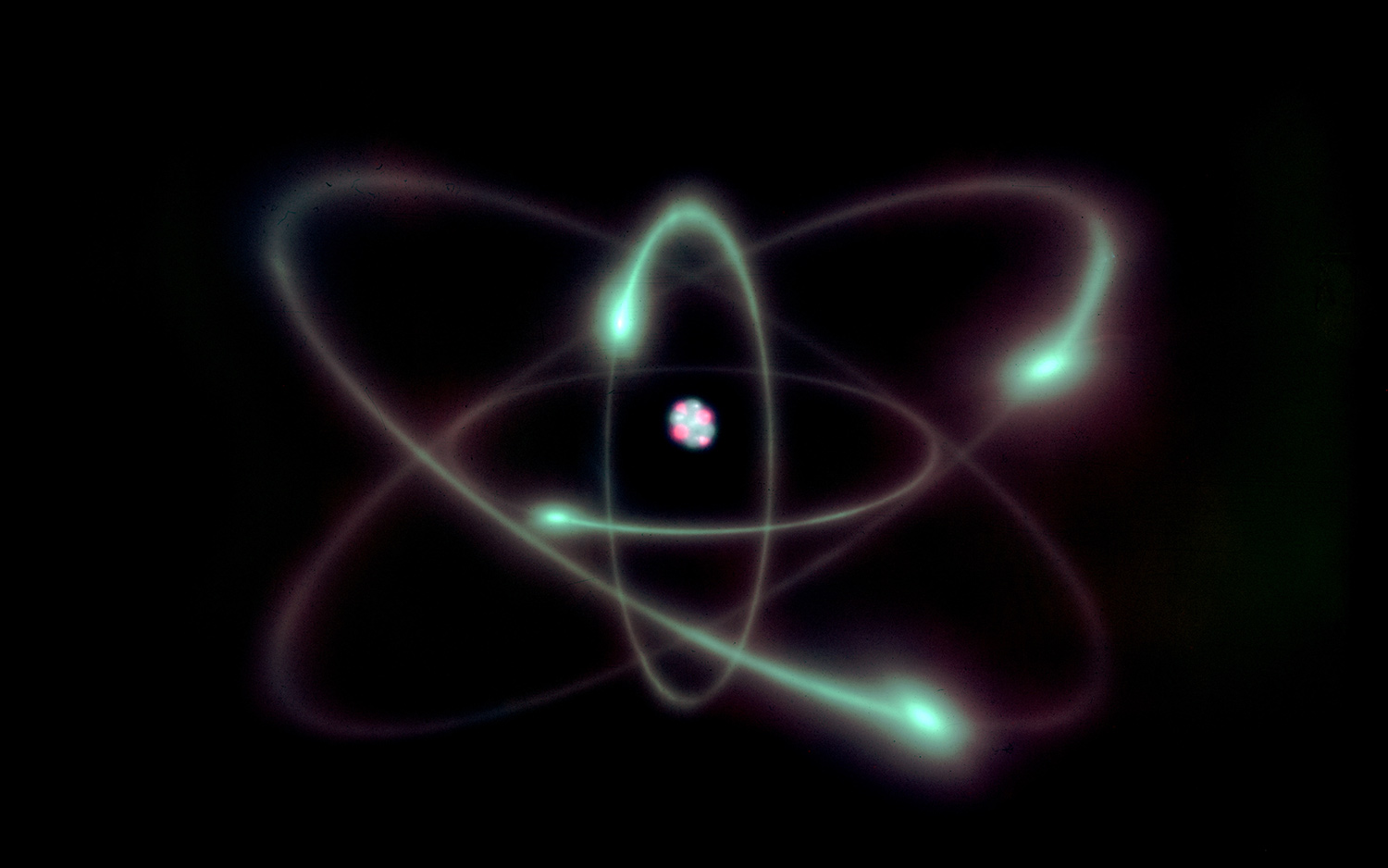Photos: Large Numbers That Define the Universe
Octillion

There are around 920 to 3,170 octillion microbes on the planet (920 x 10^27 to 3170 x 10^27), Steven D'Hondt, a professor of oceanography at the University of Rhode Island, told Live Science. This image shows a type of staph bacteria called methicillin-resistant Staphylococcus aureus (MRSA) superbug. As the name suggests, these bacteria have become resistant to certain first-line antibiotics.
Nonillion

It would take around 160 nonillion (160 x 10^30) Great Pyramids of Giza to match the mass of the Milky Way, according to Inverse.
Undecillion

Back in 2014, a man sued New York City, restaurant chain Au Bon Pain, Hoboken University, LaGuardia Airport, the New York Metropolitan Transit Authority and thousands of others for a … dog bite, according to Time
Sexdecillion

The mass of the observable universe is 30 sexdecillion kg (30 x 10^51 kg), which is equivalent to about 25 billion galaxies the size of the Milky Way, according to astronomer Jagadheep D. Pandian, who answered the question on Cornell University's "Ask an Astronomer" page. This image from 2012 shows a deep view of the universe, assembled from many different shots. It contains around 5,500 galaxies.
Quinvigintillion

There are around 100 quinvigintillion atoms on the planet, or 100 x 10^78, Antonio Padilla, a professor of physics at the University of Nottingham in England, told Live Science. By mass, around 75 percent of the universe is hydrogen and 25 percent is helium.
Googolplex

If you fill the entire observable universe with fine dust particles around 1.5 micrometers big, the total number of combinations in which these particles can be arranged is equal to one googolplex, according to astronomer and astrophysicist Carl Sagan. But others have a different idea about what a googolplex means.
American mathematician Edward Kasner invented the number googol to describe 10 to the hundredth power (10^100). But he actually credited the name to his nephew, Milton Sirotta, who coined it in 1920 at the age of 9. Milton then came up with the number "googolplex", which he said should be "one, followed by writing zeros until you get tired," Live Science previously reported.
This number is so big it has no name

Take a collection of books that are each 410 pages long, with 3,200 characters per page; the number of these books that would hold every combination of characters (i.e., every possible sequence of every book that has or possibly could be written in any language and even gibberish) would be around 10 to the power of 2 million, or 10 followed by 2 million zeros, according to Smithsonian magazine. This is "The Total Library," imagined by Argentine writer Jorge Luis Borges. The calculations were made by Jonathan Basile, who studied English literature at Columbia University and decided to create a digital version of Borges' library, according to Smithsonian.
Get the Space.com Newsletter
Breaking space news, the latest updates on rocket launches, skywatching events and more!
Join our Space Forums to keep talking space on the latest missions, night sky and more! And if you have a news tip, correction or comment, let us know at: community@space.com.











